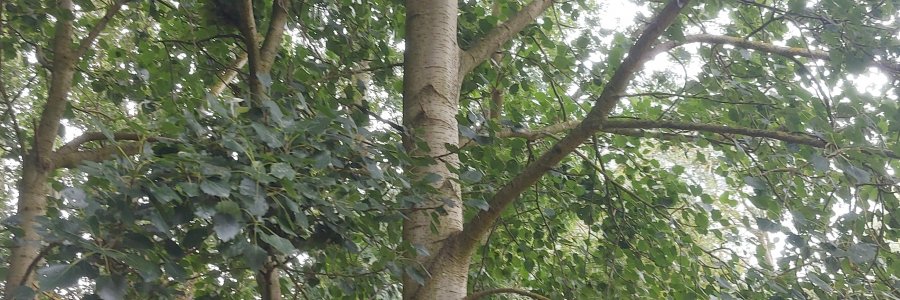Fundamentally, how we identify trees is similar to how all creatures identify anything in their environment - there's nothing unusual or magical here!
Here we'll introduce 18 common UK trees as a quick "look-up" information source (most native and a couple of others naturalised).
Getting to know the different characteristics over time and building familiarity is all that is required, but requires patience and practice. Challenge yourself whenever you pass a tree to name it or its qualities!
All photos are © Copyright Trex Explore Ltd.
The Basics of How to Identify Trees
The basic differential characteristics are as follow:
- Colouring
- Patterning
- Structure
- Texture/Feel
and can be more useful with different parts of the trees, depending on the season and stage of development of the tree:
- Bark
- Leaves
- Limb/twigs
- Overall tree
Behind all this, the environment (including climate and terrain) will help narrow the possible options.
Why Do we Need to Identify Trees
There is old wisdom in the folklore of many global societies that says once you know the name of something, you have power over it, or command of its use. This is particularly relevant for sourcing appropriate materials - for woodcrafts, friction-fire, ongoing campfire maintenance, and for foodstuffs.
Some timbers burn particularly well, or can be used to catch an initial ember.
Some trees produce edible fruit and leaves.
Some trees are highly toxic, or are another health risk.
Tree identification and the associated folklore is one of our favourite topics at Trex Explore, because of the diversity of knowledge to collect and because that knowledge underpins so much of bushcraft, navigation and off-grid survival. We therefore include "treelore" in all of our courses! Take a look at our latest courses and activities now, or get in touch for further plans..
Quick Reference Tree Lookup
The below table is a quick summary of details we have collected towards a larger database of trees, and their usage and folklore.
Our intention is that this provides introduction and knowledge recap for all, with notes if parts are particularly good for fire starting, sustenance or crafting; if further guidance is needed, please contact us.
This is not a definitive guide, and you are responsible for learning about the risks before using parts of these plants and trees.
Notes below highlight specific benefits for fire, edibility or crafting, but gaps do not exclude the trees from these uses.
| Common Name | Latin Name Stem | Image | Food speciality | Fire speciality | Craft speciality |
|---|---|---|---|---|---|
| Alder | Alnus | 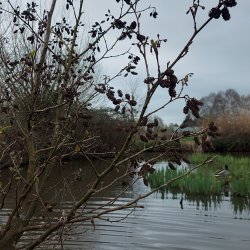 |
No | No | Tough, Dense, Stronger when wet |
| Ash | Fraxinus | 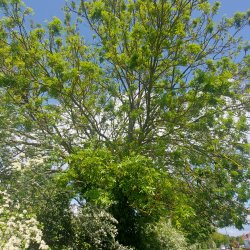 |
Seedpods, called "Keys" | Burns as greenwood, burns hot | Carves well, non-toxic, resists physical shock well |
| Beech | Fagus | 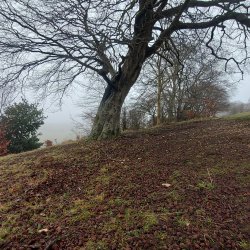 |
Nuts, raw or roasted | No | Non-toxic |
| Birch | Betula | 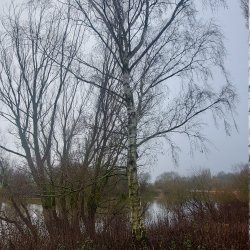 |
Sap if carefully and responsibly sourced | Bark and twigs | Non-toxic |
| Chestnut, Horse | Aesculus | 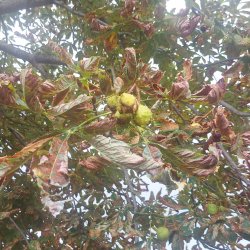 |
No | No | Saponins in leaves and nuts can be used for soap |
| Chestnut, Sweet | Castanea | 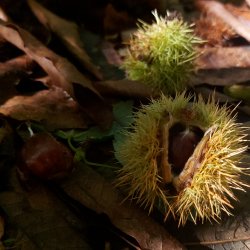 |
Nuts when roasted or boiled | Inner bark makes a good tinder | Carves well. Inner bark is good for cordage. |
| Elder | Sambucus | 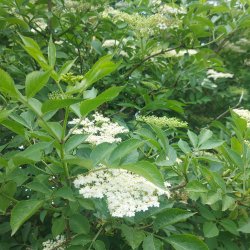 |
Flowers; berries best cooked | No | Whistles or blowpipes |
| Elm | Ulmus | 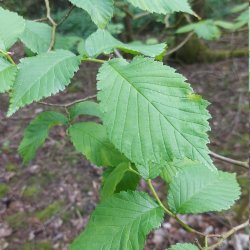 |
No | No | Bark can be used to make cordage |
| Hawthorn | Crategeous | 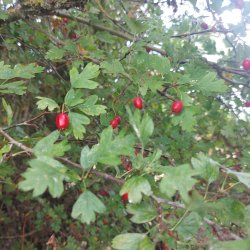 |
Fruit (haws, but NOT the seed). Leaves (best when young). | No | No |
| Hazel | Corylus | 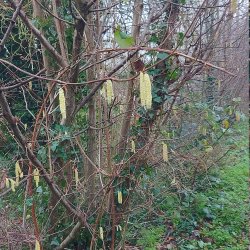 |
Nuts | No | Soft, grows straight, coppiced well, non toxic |
| Holly | Ilex | 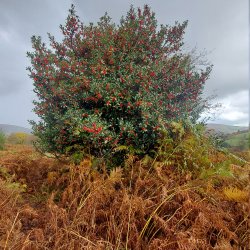 |
No | No | Hard wood |
| Larch | Larix | 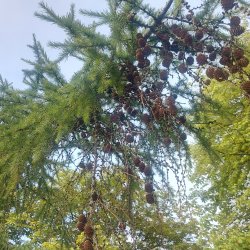 |
Young needles; Cones brewed | Burns hot and well | No |
| Lime | Tillia | 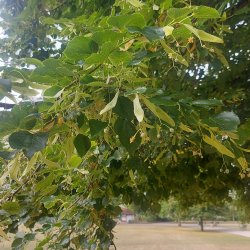 |
Young leaves, Seed pods + petals | Inner bark for tinder | Bark containers; cordage; soft wood; non-toxic |
| Oak | Quercus | 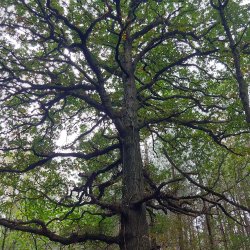 |
If processed by boiling/roasting/brewing - Leaves, Acorns. | Long and slow burn. | Hard wood. |
| Rowan | Sorbus | 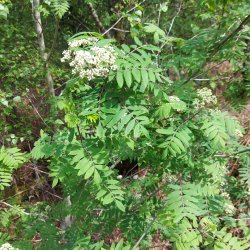 |
Fruit after boiling (e.g. as jam or fruit leather) | No | No |
| Sycamore | Acer | 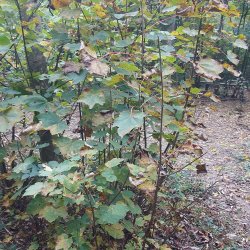 |
Potential to carefully and responsibly harvest sap in spring | No | Generally good, carves well, non-toxic, strong |
| Willow | Salix | 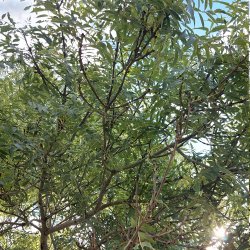 |
Medicinal analgesic (pain relief) | No | Soft wood, non-toxic, resists physical shock well |
| Yew | Taxus | 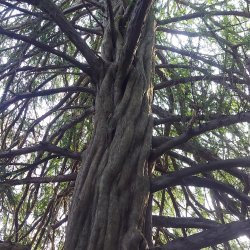 |
Fruit (arils) but NOT the toxic seed | No | Strong, hard, flexible wood |

